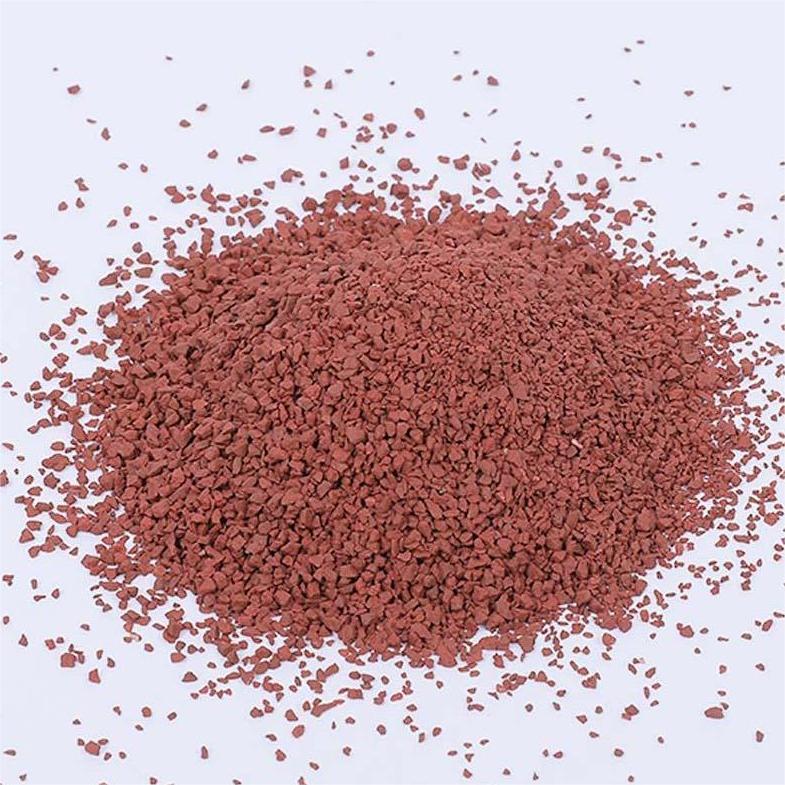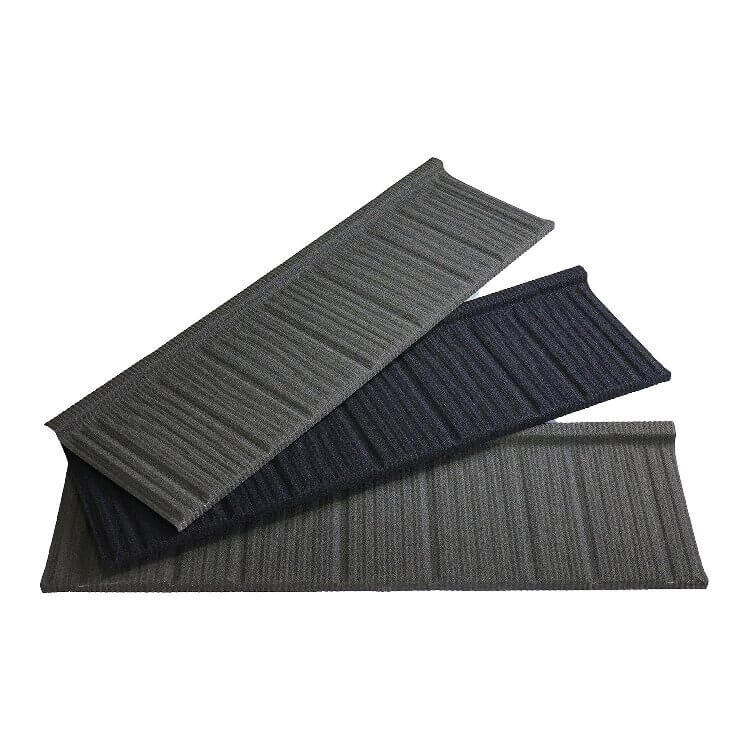Colored sand is a popular choice for decorative landscaping
Colored sand is a popular choice for decorative landscaping, allowing homeowners and landscapers to add vibrant and eye-catching elements to outdoor spaces. Whether used in gardens, pathways, or plant beds, colored sand offers several advantages for decorative landscaping:
Aesthetic Enhancement: Colored sand adds a splash of color and visual interest to outdoor areas. It can be used to create stunning patterns, designs, and borders, enhancing the overall beauty of the landscape.
Customization: With a wide range of available colors, colored sand provides landscaping professionals and homeowners with the flexibility to customize outdoor spaces according to specific color schemes, themes, or personal preferences.
Low Maintenance: Colored sand is a low-maintenance landscaping option. Once it is in place, it requires minimal upkeep compared to some other decorative materials like flowers or plants. It doesn't require watering, pruning, or pest control.
Durability: Colored sand is durable and can withstand various weather conditions. It doesn't fade easily in sunlight, and it can endure rain, wind, and temperature fluctuations without losing its color.
Versatile Applications: Colored sand can be used in a variety of landscaping applications, including:
Pathways: Colored sand can be used to create intricate patterns or solid-colored walkways, adding a touch of elegance to garden paths and outdoor walkways.
Plant Beds: They can be used as a decorative border around plant beds, defining the garden area and preventing weed growth.
Terrariums and Container Gardens: Colored sand is also used in container gardens and terrariums to create visually appealing arrangements, especially in succulent gardens or desert-themed displays.
Zen Gardens: In Japanese-style Zen gardens, colored sand is often raked into patterns to represent water or waves, adding a meditative and serene element to the landscape.
Outdoor Art Installations: Some landscapers and artists use colored sand to create temporary or permanent outdoor art installations and sculptures.
Easy Installation: Installing colored sand is relatively straightforward. It can be poured or spread directly onto the desired area and then leveled or arranged according to the desired design. Its ease of installation makes it accessible to DIY landscapers.
Reuse: Colored sand can be easily removed and reused in different landscaping projects, offering flexibility in design changes or modifications to outdoor spaces.
Environmentally Friendly: Colored sand is often environmentally friendly as it doesn't release any harmful chemicals or pollutants into the environment. It can be safely used in gardens and outdoor spaces without posing a threat to plants or wildlife.
Visual Harmony: When used thoughtfully, colored sand can complement other landscaping elements such as plants, hardscapes, and outdoor furniture, creating a harmonious and balanced outdoor environment.
Seasonal Themes: Homeowners and landscapers can use colored sand to create seasonal or holiday-themed designs in the landscape, changing the color patterns to suit different occasions.
It's important to note that while colored sand can be an attractive addition to outdoor spaces, it may require periodic maintenance to ensure that the colors remain vibrant and the patterns stay well-defined, particularly in high-traffic areas. Overall, colored sand offers a creative and durable solution for adding a pop of color and visual interest to landscaping projects.

Brown Metal Roof Colored Sand For Building Material
Related products
-

Customized Sintered Colored Sand for Asphalt Shingles Tiles
-

Impact Resistance Shingle Roof Tiles galvanized steel material Stone Coated Stainless tile For Home Office
-

Aluminum Zinc Material 0.35mm 0.4mm 0.45mm 0.5mm Stone Coated Metal Bond Roofing Tile
-

Europen Weather Resistance Stone Coated Roman Tile 1250 x 420mm Metal Roof for Villas
-

Weather Resistance Stone Coated Metal Roofing Tiles Lightweight 0.25mm 0.3mm 0.4mm 0.45mm Steel Milano Tile
-

CE Classic Roof Tile Galvanized Steel Heat Insulation Stone Coated Metal Roof
-

1340mm x 420mm Stone Coated Metal tile Zin Traditional Bond roofing tile For communities
-

Lightweight Colorful Sand Coated Roman Roof Tile 0.4mm 0.45mm 0.5mm Steel Roman Type Roofing For Townhouses
-
.jpg)
contemporary metal roofing tile 1340 x420mm color stone coated steel roof shingle tile
-

Light Weight Roofing Sheet CE Color Stone Coated Metal Roof Tile
-

Contemporary Stone Coated Roofing Tiles For Townhouses
-

0.25mm to 0.5mm customized wood roofing tiles
Call Us To Get A Quote
+86-13867158775






 English
English Français
Français